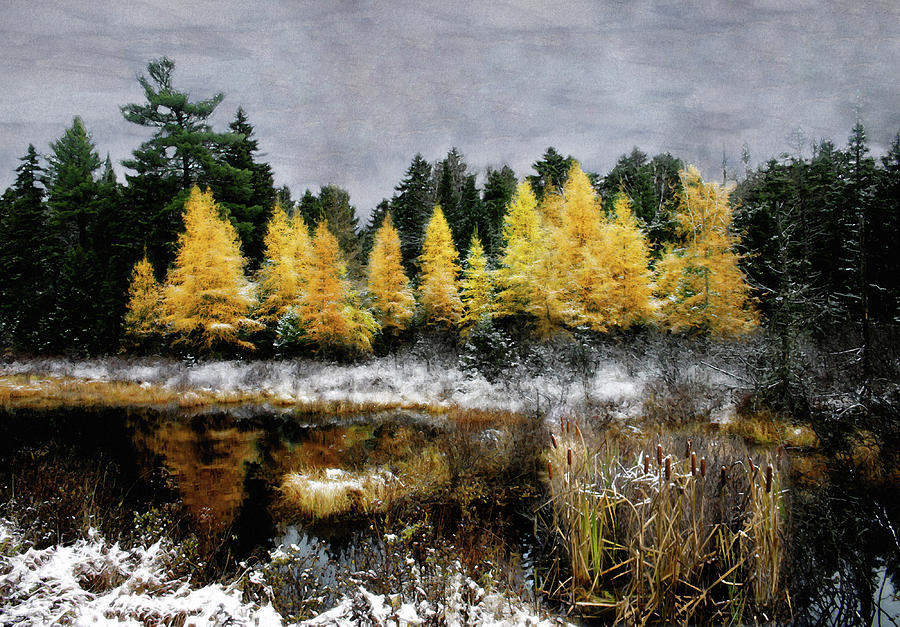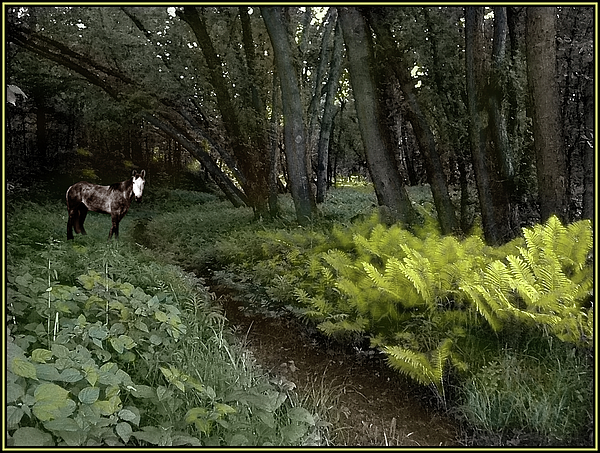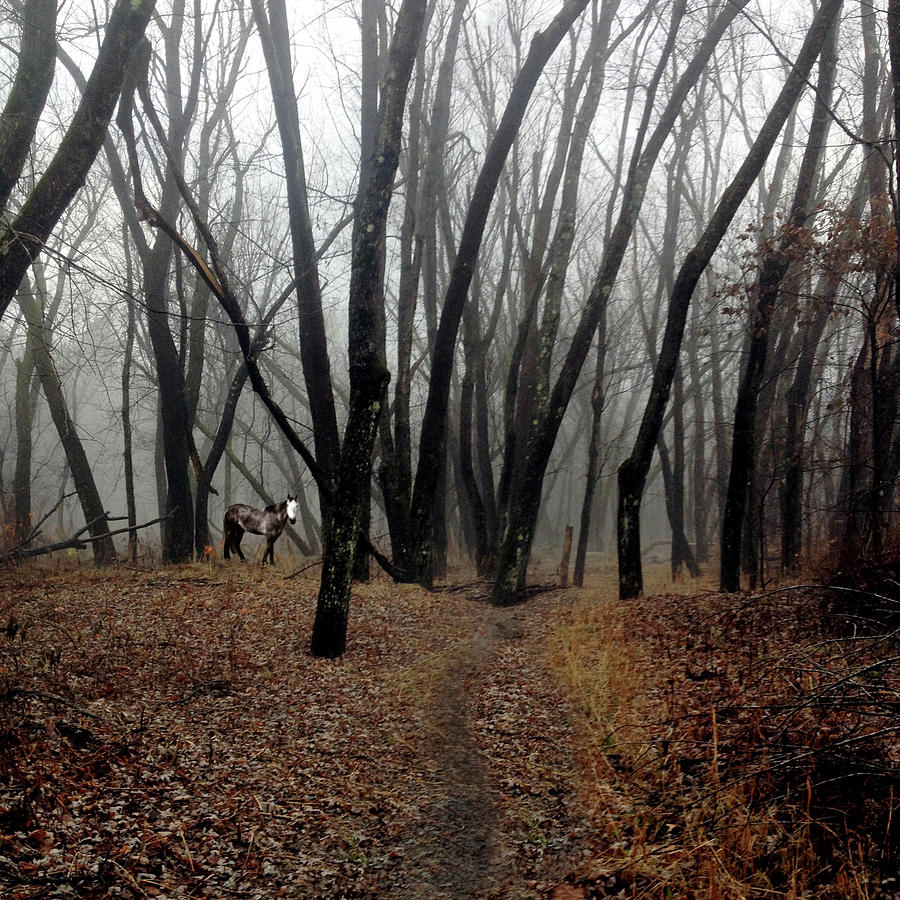 |
| Rick West at the NMAI Circa 2007 Image by Wayne King |
Episode 74
W. Richard West Jr.. is the Founding Director of the Smithsonian Museum of the American Indian and a Director Emeritus.
Apple Podcast
Now, I'm going to jump around a bit to give you an overview of his remarkable life because, though each piece is important in its own right, together they have defined a route through time and destiny that doesn't conform to any conventional timeline.
He is a citizen of the Cheyenne and Arapaho Tribes and a member of the Society of Southern Cheyenne Peace Chiefs, first among equals of the warrior societies among the Cheyenne and central to the governing of the nation on the Council of 44. Where he follows on the paths trod by the great Black Kettle, Dull Knife (aka Morning Star), Lean Bear, Little Wolf and Porcupine, among many others.
 |
| Our Time Comes - Opening Ceremony NMAI Signed Originals Image by Wayne King |
in 1965 and graduated Phi Beta Kappa from the University of Redlands in California.
He received a master’s degree in American history from Harvard University in 1968, after which he transferred to Stanford School of Law, from which he received his JD in 1971. He was the recipient of the Hilmer Oehlmann Jr. Prize for excellence in legal writing and served as an editor of the Stanford Law Review
West practiced law at the Indian-owned Albuquerque, New Mexico, law firm of Gover, Stetson, Williams & West, P.C. (1988-1990). He also was an associate attorney and then partner in the Washington, D.C., office of Fried, Frank, Harris, Shriver & Jacobson (1973-1988). He served as counsel to numerous American Indian tribes, communities, and organizations. In that capacity, he represented clients before federal, state and tribal courts, various executive departments of the federal government, and the Congress.
Richard West was appointed to be the founding director of the National Museum of the American Indian in 1990. He was formally named to the position on May 21, 1990.
 |
| Cattails and Tamarack Under a Painted Sky Signed Original Art Available in two different sizes |
Though he is modest about this, sharing the credit among his colleagues, Rich was a major force at both the Smithsonian and Autry for steering the mission of the modern museum to a space of collaboration, education, community building and mutual understanding.

On the Jumbotron at the Museum Opening
Trumps Executive Order:
When President Trump, in March 2025, issued an Executive Order stating that his administration would be conducting a wide-ranging review of the Smithsonian Institution to align its exhibits with the president's cultural directives. Trump has publicly criticized the museums for focusing too heavily on what he calls "divisive narratives" and "woke" ideology, particularly regarding American history and slavery.
The intent of the Executive Order could not have been more obvious than the stated title of the order: "Restoring Truth and Sanity to American History". And many asked of course, "who's Truth" . . . "whose sanity"?
Among other things, the order directs the review of federal sites dedicated to history, including the Smithsonian, to ensure they focus on "American greatness" and "unifying" narratives.
Trump has used his social media platform to accuse the Smithsonian of being "OUT OF CONTROL" and fixated on negative topics, specifically mentioning the history of slavery.
He argues that the museums should place more emphasis on American "success," "brightness," and the future.
In August 2025, the White House officially informed Smithsonian Secretary Lonnie Bunch of a forthcoming "comprehensive internal review" of eight of the institution's 21 museums.
The review will involve scrutinizing current and planned exhibitions, including wall text, websites, and social media.
The White House stated that museums would be required to adjust any content deemed "problematic" within 120 days, and that it anticipates the review process will be completed in 2026.
The response from both the museum community, the media and the public has been heartening,
Historians, former Smithsonian staff, and museum associations have criticized the administration's actions as a form of censorship and a politically motivated attempt to rewrite history.
A Quinnipiac University poll released in September 2025 indicated that 60% of voters opposed the Trump administration's review of the Smithsonian.
The American Alliance of Museums called the proposed oversight a threat to "freedom of thought and expression" and stressed the importance of institutional independence.
The Smithsonian has publicly maintained its independence and commitment to "scholarly excellence" and "accurate, factual presentation of history".
In September 2025, Secretary Lonnie Bunch responded to the White House by reiterating the Smithsonian's authority over its own programming. He stated that the institution would conduct its own review and provide an update to the White House, but would not send a formal report.
But as we all know, the Trump administration employs many "extra-judicial" means to get its way, particularly related to funding.
Much of the turmoil can be traced to the more recent development of what are known as "Culturally-Specific museums", developed especially to emphasize both the Unity of the broad American vision and the sometimes-painful truths that have brought us to where we are today , . . and one step closer to reconciliation.
They represent both the joy and the pain of bending the "moral arc of the universe toward justice", particularly for marginalized communities, as Rick West points out in this Podcast interview.
No one has played a more pivotal role in redefining the role of the modern museum than W. Richard West Jr, who has used his heritage and the wisdom of a life, with feet planted in both worlds, to hone a philosophy that sees museums as a source of both cultural pride and a crucible for developing intercultural understanding and empathy. A place where we can all learn to walk in one another's "mocasins".
In other words, while historically focused on celebrating a group's unique history, modern conversations challenge these museums to also highlight shared experiences and universal connections.
Incidently, In keeping with the theme song of this podcast "Tell Me Why" where Reggae musican Free Joseph proclaims: "We've got to learn to live together."
 |
| Where Spirits Dwell Image by Wayne King |
Targeted museums
The White House named eight museums for immediate review, but they have made it clear that the entire Smithsonian system is in their sights.
National Museum of African American History and Culture
National Museum of American History
National Museum of Natural History
National Museum of the American Indian
Smithsonian American Art Museum
National Air and Space Museum
National Portrait Gallery
Hirshhorn Museum and Sculpture Garden
Trump has used his social media platform to accuse the Smithsonian of being "OUT OF CONTROL" and fixated on negative topics, specifically mentioning the history of slavery.
He argues that the museums should place more emphasis on American "success," "brightness," and the future.
 |
| Springs Dance of Form Image by Wayne King |
To be a Cheyenne Peace Chief means holding an immense and demanding spiritual and civic responsibility to maintain peace and serve the well-being of the Cheyenne people. Inducted into the Council of Forty-four, these leaders commit to a sacred oath of selfless service.
The Council of Forty-four
The Peace Chiefs are members of the Council of Forty-four, the Cheyenne's central governing institution, traditionally consisting of four chiefs from each of the ten Cheyenne bands, plus four elder "principal" chiefs.
Members of the council are not elected but are chosen by the council itself, often from the ranks of military societies. Once selected, they must renounce their military society membership.
Council members serve ten-year terms and are considered the wisest and most respected elders in the tribe.
 |
| Milkweed Whisper Signed Originals Image by Wayne King |
West served as Chair of the Board of Directors of the American Alliance of Museums (1998 - 2000) and Vice President of the International Council of Museums (2007 - 2010). His current board affiliations include: Association of Tribal Archives, Libraries, and Museums; Cheyenne and Arapaho Business Development Corporation; International Coalition of Sites of Conscience; California Association of Museums; Denver Art Museum; and UCLA Institute of Environment and Sustainability. West previously served on the boards of the Ford Foundation, Stanford University, and the Kaiser Family Foundation. He has been awarded eight honorary doctorate degrees..
How Rick West helped shift the love-hate dynamic between Indigenous people and museums - LA Times
What challenges did Richard West face as the NMAI's first director?
As the founding director of the National Museum of the American Indian (NMAI), Richard West faced immense challenges that involved overcoming internal and external opposition, building a groundbreaking institution from scratch, and navigating sensitive issues with Native communities and Congress.
 |
| Rick West at Opening Ceremonies of NMAI Image by Wayne King |
Key challenges included:
Establishing a new museological approach
The NMAI broke from traditional museum models by centering Native voices in the interpretation of their own cultures and histories. This involved a significant shift in curatorial practice, including: Decolonizing the museum: West's vision aimed to undo the historical injustices of representing Native Americans in museums and to emphasize their continued presence and cultural survival.
Collaboration with Native communities: The NMAI staff traveled to Native communities to involve them directly in the planning and development of the museum, rather than simply inviting representatives to Washington, D.C.. However, this new, complex methodology proved difficult to implement and sustain.
Repatriation
The 1989 law that created the NMAI also mandated the return of human remains and other cultural objects to Native communities, requiring West to manage the implementation of this sensitive and complex process. The museum had to inventory its collection of nearly one million objects, and negotiate the repatriation of roughly 30,000 items with tribes.
The repatriation process required diplomacy and careful handling, as it involved righting historical wrongs and restoring sacred materials to their communities.
 |
| Quadralateral Reflections Image by Wayne King |
Despite his efforts, West's tenure was marked by multiple controversies and ongoing criticism.Financial controversy: In late 2007, the Washington Post reported on West's lavish travel expenses, which totaled over $250,000 in four years. A subsequent investigation by the Smithsonian's Inspector General concluded that West "should have exercised better judgment," and he agreed to reimburse a portion of the expenses.
Dismissal of architect: A financial dispute during construction led to the 1998 dismissal of architect Douglas Cardinal, a well-known Canadian architect of Blackfeet descent. The event drew negative publicity, stalled the design process, and resulted in a lawsuit.
Exhibition criticism: The museum faced criticism for historical inaccuracies in its inaugural exhibitions and for not having enough Native American employees in top staff positions, despite West's efforts to hire more.
Securing funding
West had to raise a significant portion of the museum's construction and operation costs from non-federal sources.The congressional mandate required that one-third of the construction costs for the museum on the National Mall be raised privately.
West's fundraising campaigns ultimately secured over $100 million in non-federal funds for the project.
Podcasts produced at Anamaki Studios in Bath, NH. Sales of art and merchandise from our galleries help cover the costs of production at Anamaki. They also help us to avoid placing commercials in the podcasts.
This land lies in N’dakinna, the traditional ancestral homeland of the Abenaki, Sokoki, Koasek, Pemigewasset, Pennacook and Wabanaki Peoples past and present. We acknowledge and honor with gratitude those who have stewarded N’dakinna throughout the generations.
No room for a new piece of art? All these images are available as cards, mugs, puzzles, shower curtains, phone cases, clothing, totes, and more. Click here for merch.
 |
| Spirit Pony in Langdon Woods Fernpath |
 |
| The Colors of Corn Image by Wayne King |










No comments:
Post a Comment